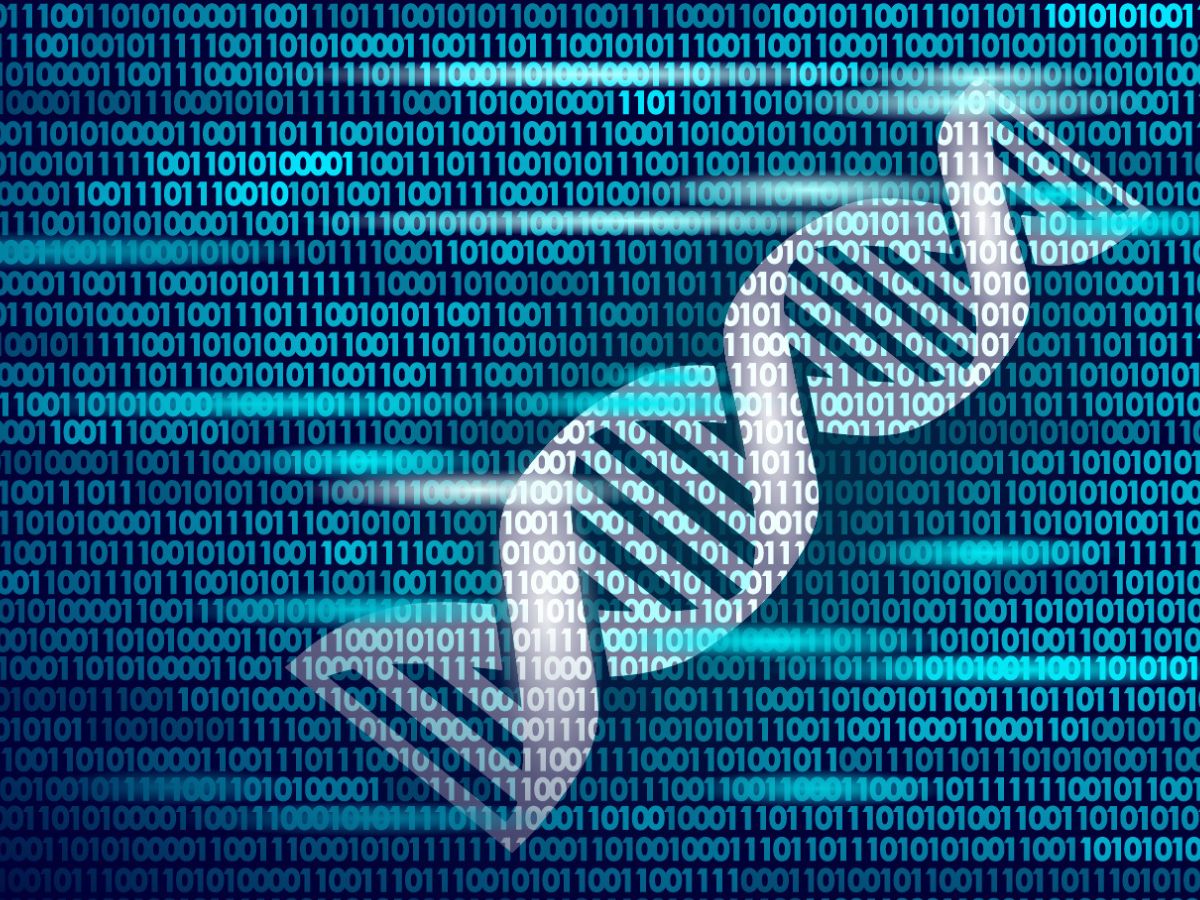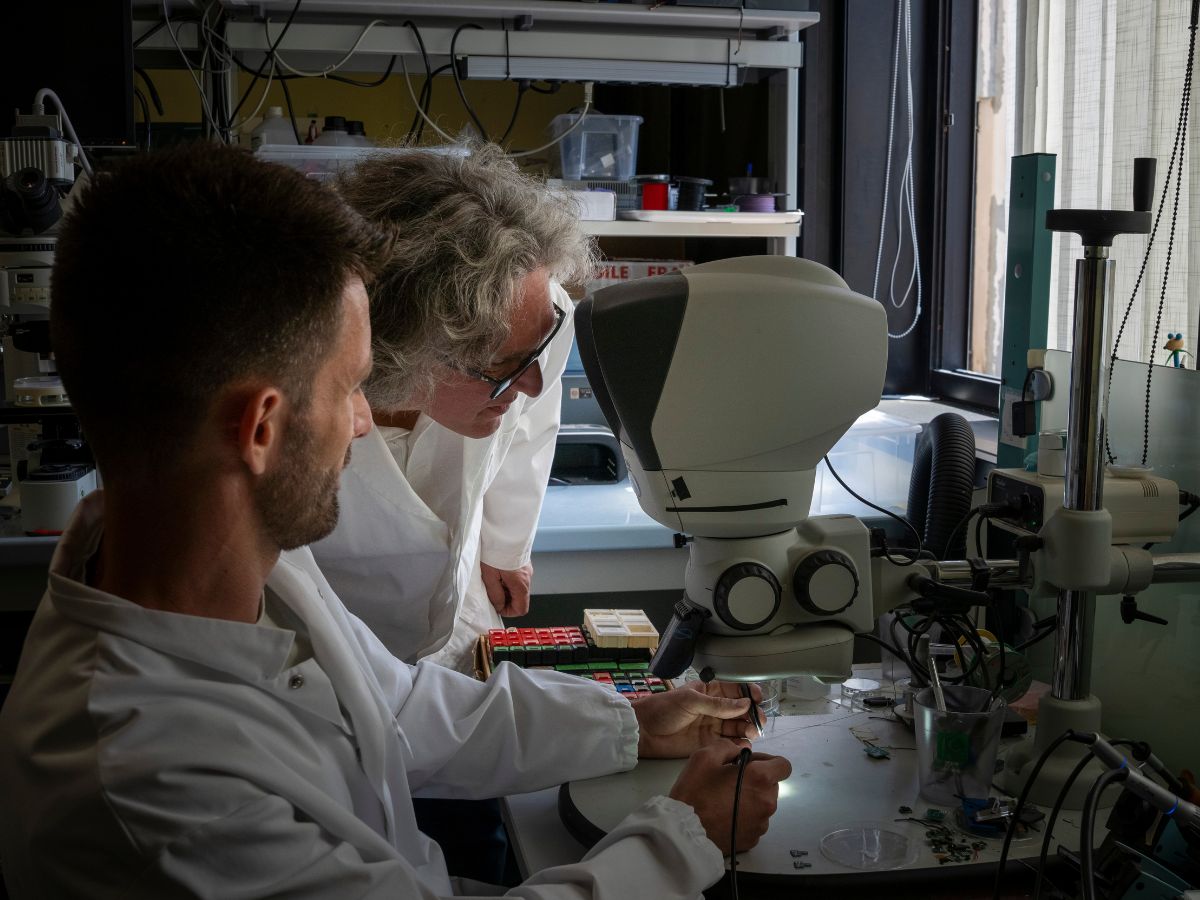In March 2025, 23andMe, the American company offering low-cost genetic testing that stores genomic data from over 15 million people, declared bankruptcy and initiated proceedings to sell the company
So it begins the final chapter of a story started in 2006, when Linda Avey, Paul Cusenza and Anne Wojcicki founded 23andme to offer genetic tests and interpretation of some data. The company’s first and best-known service was the genealogical test that reconstructs customers’ family history and ethnicity. Alongside this more frivolous analysis, 23andMe immediately provided tests investigating people’s health status, an activity that today underpins personalized and precision medicine. Thanks to its low cost and the ease with which people could provide biological samples at home, the project immediately attracted interest from major investors, including Google and Genentech. The success was such that in 2008, Time named these tests “invention of the year”: for the magazine, 23andme’s service perfectly exemplified a revolution that “will transform not only how we take care of ourselves, but also what we mean by personal information.” Genomics suddenly became accessible to everyone, and there was no turning back. Years of growth, investment, fundraising and relentless sequencing followed, allowing 23andme to acquire an extremely important asset: the genomic data of millions of people. Anyone who agreed to make their information available gave the company permission to store the data and use it in other projects, as happened in 2018 when GlaxoSmithKline acquired results from over 5 million tests with a $300 million investment. The pharmaceutical company aimed to use the data for developing new drugs against Parkinson’s disease; studies from the same year had linked mutations in the LRRK2 gene to disease onset in approximately 4% of patients. GSK planned to use 23andMe’s genomic data to develop a drug targeting this gene or its expressed protein.
However, concerns and problems arrived alongside the successes: genomic data is highly sensitive because it provides access to information about users and their families, so transparent management and effective protection are crucial for maintaining public trust. Over time, the business model also struggled: after the first wave of enthusiasts, 23andme had increased difficulties to expand its pool of potential customers, and those who had already received results showed little interest in paying for new analyses. The company never generated profit and therefore failed to repay its initial investment debts. From 2021, when it reached a market capitalization of approximately $6 billion, 23andMe began a decline that became inexorable in late 2023, when a group of cybercriminals obtained some credentials and acquired millions of people’s data, making it public or putting it up for sale. The incident triggered rapid company devaluation, with market value now collapsed to approximately $50 million.
With creditor pressure mounting, declaring bankruptcy became the only viable path. In the US, the procedure involves corporate reorganization and subsequent sale. Since no one can predict how events will unfold or who will acquire 23andme, legal experts are advising people to delete their data because a potential acquisition could bring privacy policy changes. California’s attorney general, where 23andme is headquartered, has also spoken out on these terms and reminded people that strict laws in his state allow complete control over personal data and, when requested, destruction of biological samples provided. Thus ends the adventure of a private company that gave great momentum to the personalized genomics revolution.





